How to Unlock PDF on Mac OS X? [Solved]
Looking for a solution to unlock PDF on Mac OS? If So, then you are on the right web page. In this blog, we will discuss the complete solution to this situation. People who do not know the password cannot view the PDF directly.
However, if you forget the password, you may find it difficult to open the locked PDF file. Wondering how to open PDF files? Fortunately, the answer is yes, and this blog post will show you how to remove PDF protection on Mac in the easiest way possible.
Table of Content
Reasons to Remove Password from PDF Mac
Protecting a PDF file can be essential for a legal practitioner or individual to address the relevant scenario. However, there can be multiple cases to unlock PDF on Mac.
- You can work together on documents and share them easily without exchanging passwords.
- More efficiently regulate and control access, particularly in a group setting.
- Print the documents without any limitations.
- To allow for additional modification or use, export the PDF to other formats (such as Word, Excel, etc.).
- To make the recovery of documents easier, archive them without encryption.
Two Types of Password Restrictions in PDF Files
- User-level – This prevents others from copying, editing, and printing a PDF document. The password is not needed to view the PDF file.
- Owner Level – It does need a user’s password to unlock the PDF file. Other people can edit, copy text and images, and print PDF documents. A PDF file owner can restrict others from viewing or copying the content of a PDF file.
Manual Technique to Remove PDF Restrictions on Mac OS
If the PDF is password-protected then the user’s (open) password or an owner/authorized password. You only need to enter the password to open or view it. Indeed, it offers protection but also limitations. You may not copy, modify, print, or make any changes to this password-protected PDF file. To perform this task, you must open the file. Let’s first see how to open PDF on Mac manually, followed by the expert solution.
Way 1: Unlock PDF on Mac with Google Chrome
For many, Google Chrome is the browser of choice, whether you use a Windows, Linux, or Mac operating system. It is common to use a browser-enabled tool to open PDF files. Now I will explain the steps to open PDF with Google Chrome on Mac.
- Open a locked PDF with Google Chrome.
- After opening the PDF file in Google Chrome, You can click on the menu icon in the upper-right corner.
- Then select the “Print” option. You can also Enter the Command + P” on your keyboard.
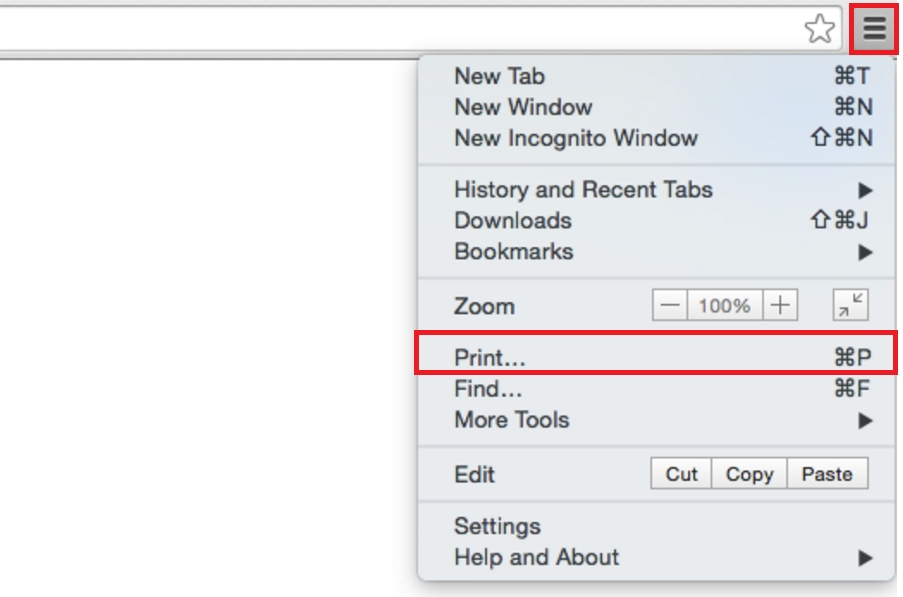
- In the print window, hit the “change” button.
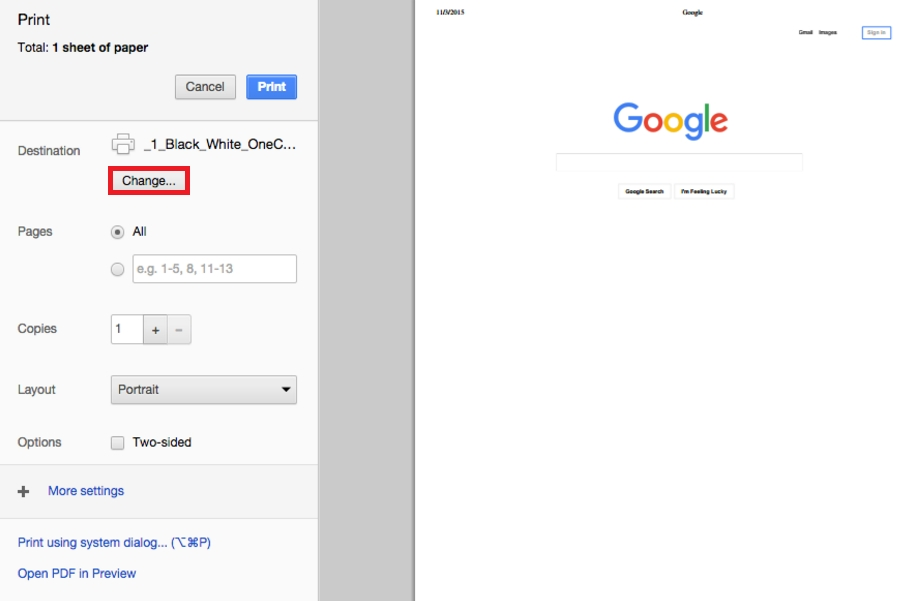
- In the new wizard, Select the Save as PDF option.
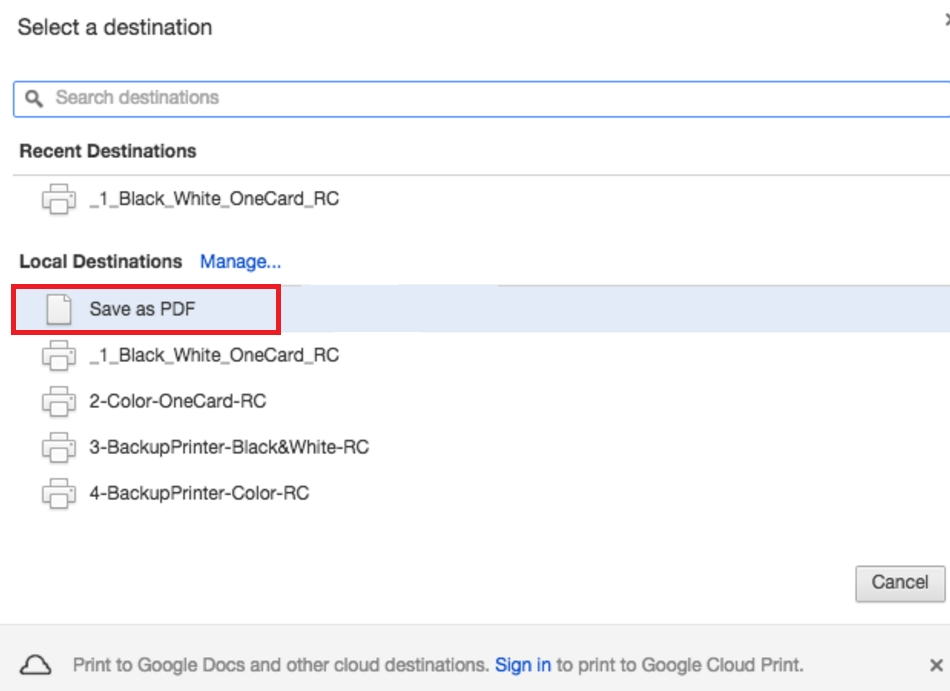
- Finally, click the Save Option.
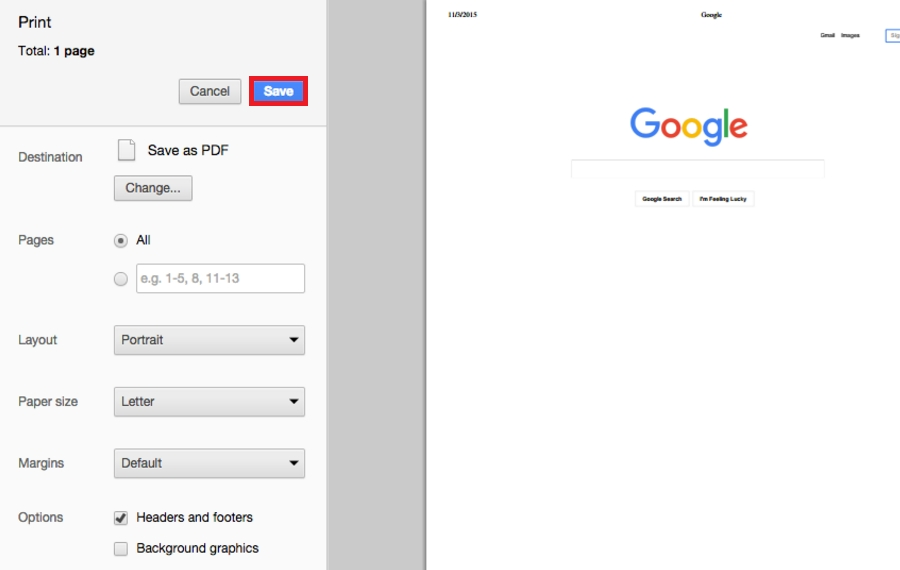
Here’s how to open PDF files with Google Chrome on Mac. However, this method only works for PDF files that do not have printing restrictions.
Way 2: Open PDF with Preview on Mac
Mac computers have a free PDF tool called Preview. It also has a PDF-opening feature. But it can only be used if you already know the password for the PDF file. Follow the simple steps listed here to unlock PDF on Mac.
- Open the PDF file with Preview.
- Go to “File” > “Export as PDF“.
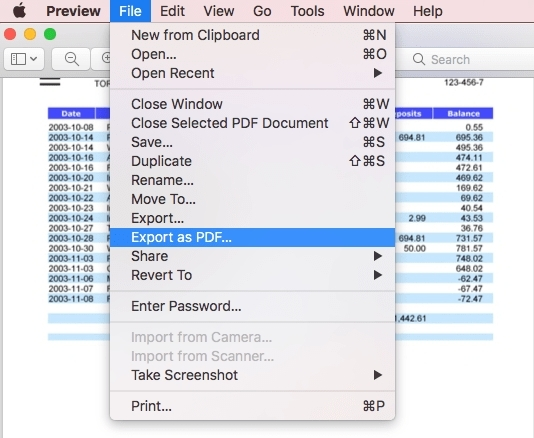
- Enter the password and click “Unlock” Button
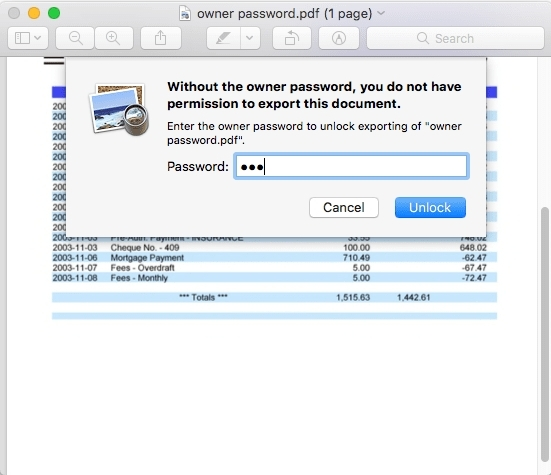
- Select a folder and save the new PDF file without any restrictions.
Note: If the PDF file has an unlock password, you need to enter the unlock password first and then follow the steps above.
- Now that you know how to open PDF files on Mac, you also know how to remove a password on Windows.
Way 3: Unlock PDF on Mac using Terminal and Python Script
Python and the PyPDF2 library must be installed for you to unlock a PDF on a Mac using Terminal and a Python script. This is a comprehensive guide:
Install Python:
- Python is often pre-installed on mac OS. If you open Terminal and type the following, you can see if you have Python installed:
python3 –version
- Python can be installed using Homebrew if it isn’t already installed:
/bin/bash -c “$(curl -fsSL https://raw.githubusercontent.com/Homebrew/install/HEAD/install.sh)”
brew install python
- Install PyPDF2: Use pip to install the PyPDF2 library.
pip3 install pypdf2
- Use a Python Script to Open a PDF
- Write the Python script to unlock PDF on Mac.
- Make a new Python script file by opening Terminal. For instance
touch unlock_pdf.py
- Access this file using a text editor such as Nano.
nano unlock_pdf.py
Write the Script to unlock PDF on Mac:
- The Python code below should be copied and pasted into the file. However an encrypted PDF will be transformed into a new, unlocked version by this script to remove password from pdf mac:
import PyPDF2
def unlock_pdf(input_pdf, output_pdf, password):
try:
# Create a PDF file reader object to open PDF on Mac OS
pdf_reader = PyPDF2.PdfFileReader(input_pdf)
# Check if the PDF is encrypted to open PDF on Mac
if pdf_reader.isEncrypted:
# Decrypt the PDF
pdf_reader.decrypt(password)
# Create a PDF file writer object
pdf_writer = PyPDF2.PdfFileWriter()
# Add all pages to the writer object
for page_num in range(pdf_reader.getNumPages()):
page = pdf_reader.getPage(page_num)
pdf_writer.addPage(page)
# Write out the decrypted PDF to open PDF on Mac OS
with open(output_pdf, ‘wb’) as output_file:
pdf_writer.write(output_file)
print(f”Unlocked PDF saved as: {output_pdf}”)
else:
print(“The PDF is not encrypted.”)
except Exception as e:
print(f”An error occurred: {e}”)
if __name__ == “__main__”:
import sys
if len(sys.argv) != 4:
print(“Usage: python unlock_pdf.py <input_pdf> <output_pdf> <password>”)
else:
input_pdf = sys.argv[1]
output_pdf = sys.argv[2]
password = sys.argv[3]
unlock_pdf(input_pdf, output_pdf, password)
- Save and Close the File: If you’re using nano, use the keyboard shortcuts Ctrl + X, Y, and Enter to save and exit.
Execute the script to open PDF on Mac OS.
- Locate and open the Script Directory:
- Locate your script by navigating to its directory in Terminal.
cd /path/to/your/script
- Run the script with the necessary parameters, which are the password, the desired output PDF file, and the input PDF file:
python3 unlock_pdf.py input.pdf output.pdf yourpassword
- You should replace the paths to your encrypted PDF file with input.pdf, the location of the unlocked PDF you intend to store, and use your password instead of the current one for the PDF password.
To decrypt a password-protected PDF, use Python and the PyPDF2 module. The encrypted PDF is read and decrypted using the supplied password, and a fresh PDF without password protection is printed out. You must ensure that you have the legal right to unlock the PDF on Mac OS, as bypassing security measures without permission may violate the terms of service or be illegal.
Limitations of Using Manual Method to Unlock PDF on Mac OS
Using the manual method to unlock a PDF on a Mac, whether through Preview or Python, comes with several limitations. Here is a detailed look at the potential drawbacks:
- This manual method can be quite time-consuming, especially if you are dealing with multiple PDF files. It may not be the best option for you in that case.
- It is unethical and legally questionable to unlock or remove security from a PDF without the required authorization. Verify that you always have the authority to change the security settings of the document.
- The process can be laborious if the software lags or crashes due to larger and more complicated files.
- The local machine must be able to access its files for manual approaches to work. If the files are not downloaded locally then the document will not function with files stored at a distance in the cloud.
- Manual techniques cannot process multiple files simultaneously, resulting in inefficiency when users need to unlock many PDFs.
Also, if you want to unlock restrictions like Editing, Copying, Signing,… from your PDF, you will need a different method.
Stand Alone Tech to Remove PDF Protection on Mac OS
Best PDF Password Remover Software to open PDF files allows users to remove restrictions on PDF files on Mac. It allows unlimited copying, printing, editing, or any other protection of multiple PDF files. This tool can also be used to remove limits on comments, signatures, and document sets. Once the PDF opening process is finished, this tool also permits filling out a form. This tool can remove owner-level security from various PDF files and also unlock pdf without password mac. In addition, users can remove known user-level passwords from various PDF documents. This tool is capable of printing encrypted PDF documents.
Note: The user needs to provide a PDF password initially; once the tool opens the document, the resulting file will be free of password and restrictions.
Also Read: How to Change PDF Security Settings?
The Bottom Line
Here we explain all the possible methods and give you all the information you need to open PDF on Mac OS. Firstly, we have used a manual method which has certain drawbacks. To overcome these limitations of the free solution we have a pro tip for you that can easily unlock PDF on Mac OS without any data loss.
User FAQ:
Q: Is it Possible to Unlock Owner-level PDF Protection?
Yes, But for this you have to use the software explained in this post. Read this blog post for complete information to remove PDF protection on Mac.
Q: Did we need to download Adobe Acrobat to run this tool?
No, we don’t, need to download Adobe Acrobat to run this tool.
Q: Can I run this tool on Mac OS X Catalina?
Yes, this tool is compatible with macOS 12.0 (Monterey), macOS 11.0 (Big Sur), macOS 10.15 (Catalina), MacOS 10.14 (Mojave), MacOS 10.13 (High Sierra), MacOS 10.12 (Sierra), Mac OS X 10.11 (El Capitan), Mac OS X 10.10 (Yosemite), Mac OS X 10.9 (Mavericks), MacOS X 10.8 (Mountain Lion).


